"Call this number if you get arrested." Blank ink stood out boldly on my forearm baring a ten digit phone number which she double checked with the number matching on her arm. Her words sounded strangely like music, and I felt almost amused. "This is a lawyer, in Seattle. If you do get arrested, you only have to give them your name, your birthdate, and, uhm, your address."
"Okay, thanks." The numbers are easy to read. I smiled. Kayaktivists and people on shore alike were gathered in protest of the Shell oil drilling rig headed for the arctic. The rig left Seattle before dawn trying to avoid what has been a revelatory turnout of small boats in the water blocking its passage during its unwelcome visit to our water. So the event in Port Townsend came together only over the course of the day as groups organized up and down the Salish Sea / Puget Sound to meet the pillared behemoth in the water.
I only arrived about an hour before the lawyer's phone number is on my arm, parking my bike and walking over to the marina where my boat is stored and paddling over to a small group of others in the bay. We formed a large raft of multiple kayaks, and steered our funny group around, singing and chanting as we held each other's boats to keep us all together. Rocking on the water like loud, colourful driftwood.
"We are rising up like the phoenix from the fire
Brothers and sisters, spread your wings and fly higher,
We are rising up like the phoenix from the fire
Brothers and sisters, spread your wings and fly higher,
We are rising up, we are rising up
We are rising up, we are rising up."
Some had been here for hours already. Others had been on the move since 4 AM when word got out the ship was leaving Seattle.
"What do we want?!"
"Climate justice!"
"When do we want it?!"
"Now!"
We gather on shore to regroup. I gather it's been slow-going deciding if we will go all the way out into the rough waters or not, if it's safe to hold signs or carry flags since the wind seems to be getting worse, and there's miles of white cap choppy waves between us and Shell. Motor boats decide to tow kayaks across the open sea with the intention of getting into the kayaks nearer to the rig, across Admiralty Inlet.
In the time between breaking the kayak-raft to come to shore and leaving for the open water, the group's energy elevated. Where before I was feeling surprisingly calm, tranquil but engaged, I was starting to feel sad from the level of stress and urgency I was watching multiply itself around me.
What is the point of doing any of this if what we build is negativity? - the same poison that has closed our hearts enough to think we need things like oil to meet our needs, to continue to perpetuate violence (as a feeling)? My anger for what we were doing wasn't helping me, I knew, because I didn't feel as good as I had when I arrived. Of my entire experience this evening, this was the low point. The hum of unanchored adrenaline on the beach felt heavy inside me, and I longed for a place to express the collective grief I could feel, right on the surface, and our anger, for something much more than our own sense of being behind schedule or worry about waves. For our broken culture. For war and desolation. For our feeling of hopelessness.
So I sat down on an old bleached log and prayed, my arms hanging from my paddle, forehead pressed on the oiled wood, the strings from my hat taught at my neck as it hung against my back, feet tucked into the many colours of pebble-y sand, my eyes closed and caressing the inside my chest, searching my heart for the place to rest from again.
I wished our signs read "TOGETHER ON THE WATER" instead of "SHELL NO". I longed for us to know the stories of everyone who drives their ships. To see where in their family line their hearts were closed. To understand why. Because if one ship went down, another would come, but people are more unique than that, and there's a reason culture pushed them that way. I imagine the stories of everyone on the beach with us, and everyone who has protested this machine's intended work, and the war against the war this rig represents to us. I listened for earlier memories of myself in the same withdraw. I listened to my breath, and I listened to the waves, and the seagulls, and I let the sound of everything else take a higher volume than my thoughts, and wash my heart until I felt calm again. I could hear the Love that was behind the wind in the Sails of Stress in people's voices. I felt gratitude for the simple action of standing in the way. For my own sense of resolve. For all the hard work and organizing. We live in crazy times. We are only bridgers. Working together, doing the best we can.
Another woman comes to us. "You know I prayed this morning that the Earth would come up and swallow that thing, and guess what? That's exactly what it did, it got grounded in the mud at Brainbridge Island earlier today. Stuck in the low tides." For some reason, her comment irritated me at first, because I wasn't praying for anything bad to happen to the thing, only for my own resolve, so that I could feel connected again. The moment passed when I realized she didn't have to "get it". We may express our Need to be here this evening in different ways. We may pray differently. And that's okay. Our ability is only to say what is true for us, (and seeking that Truth is enough to keep us entertained for a Lifetime). Not one over the other. Together.
By the time I was in a motorboat, pulling away from shore with our kayaks in tow, I felt expansive peace again. Three of us in the boat, and one in their solo kayak holding on, riding along side us sometimes, and paddling others.
We're in constant white-caps now, getting newly wet by the Pacific Ocean which was being anything but Passive. If I thought the oil rig was ugly, soon a cruise ship passes between us and the rig, and I can't help but think how iconic this picture is. We saw our other boat towing kayaks turning away from the scene, and for the shore. A large freighter is making its way to pass between the cruise ship and us (which is between us and the rig) and it's nearly right in line with us. "Wow, it's bookin' it." None of us speak anything else about it. While before, at least our boat could amount in size to the size of the waves we were facing, looming below the freighter we're nothing but a speck. I want nothing more than to be headed perpendicular to this enormous ship tearing through the water, but our solo person paddling in their kayak is struggling to turn his boat that direction - with the way the tides are pushing us, to be in line with the freighter is what a boat wants to do, but it's the last place I want to be. How is it such a massive ship moves so quickly? It blasts forward, ripping a white seam in the salt water and the edges with it into the sky, just so it can smash itself into its own spray like someone slapping their own face.
It passes maybe 100 yards from us. I feel amazed. Sensing we were safe, a mixture of scared and calm, nothing comforting about being in such proximity to something so deadly. As we struggled to keep our small boat oriented in the direction of the beach, the freighter peeled in front of the cruise ship and the oil rig, like turning a page in a book. Carrying important cargo from one far place to the next.
These are bizarre visual metaphors to witness when one is gratefully wrapped in the borrowed coat of the very capable driver of a small motor boat, as the water splashes us again, and I see my kayak turn over and begin to fill with water.
We weren't reaching anyone on the radios.
The only way to tip the kayak in a way that it wouldn't fill with water more was to bring it into the motor boat and dump the water in with us, so it's what we did. Putting my weight on the far side of the boat so they could pull it up on the other. We released it back to the ocean. The other kayak flipped minutes later, followed again by mine, so we held them on board with us until we reached the northernmost tip of Marrowstone Island, leaning forward so the motor boat's bow wouldn't dive. The coast guard followed us by circling orange helicopter, their noses stuck down to make sure they could rescue those who would cast themselves into the cold ocean.
We couldn't be near our solo kayaker anymore, and we saw a speed boat catch up to check on him, so we knew the three of us could split and motor for the beach. When we landed, we met with half the others, the rest already on their way back to town. We hug and pull the boats ashore, splitting the water and food we have with us - a banana, an apple, a granola bar, chocolate - equally. Like the story of Jesus sharing fish and bread, it's all enough, and we feel satiated by our survival. A yellow "shell no" flag staked in the sand, we sing to the ocean as the sun sets the clouds beautifully and Shell slowly continues on course for the arctic until it passes behind the lighthouse out of our sight.
"earth and ocean,
sand and rolling sea
wind in motion, fire be lit in me.
Sail away,
let me fall down to
earth and ocean..."
It's summer, and the air and sand is warm, I've dried nearly completely by the time we're driving back in the dark. Gathering things left at the beach in town, loading and unloading kayaks, checking in and splitting off. Because I'm house-sitting, Bellingham people can come over for midnight dinner and a place to sleep, and we eat salmon and garden vegetable soup, integrating. The permanent marker comes off my arm easily in the shower.
It is the absence of relationships with others that lead us to believe we need to meet our needs so far outside our immediate lives that we must harm the world we live within to satiate our emptiness. Yesterday morning, the summer solstice, a group of us met for a ceremony on the beach, and swam into the cold ocean, and as I rolled out, a song rolled out of me which we were soon singing around the fire we made to return to.
"Many a cold mornin I swam in the ocean
return to the fire and the warmth of our friends
we sing to the dawn and we sing to each other
and we feel the ocean, it never will end."
Isn’t that what this new culture is about remembering? We celebrate together in simple ways that awaken our bodies that we put to good use, hard work, and honest hearts that endure storms and streams, darkness and snow, and sunlight and summers. From being a lover of this world, skills continue to grow.
This revolution isn't happening fast, and it shouldn't.
While it is satisfying to put ourselves in front of a ship as a testament to our love, grief, anger, solidarity, and integrity -- the act itself isn't what's sparking the change. It is also the shifts in our every-day lives. In our awareness of our piece in the whole - the whole of our towns, our neighborhoods, and our families - and the wounds and roles we carry from those places that become our gifts as healers. Because we care, we are able to feel what it is like to be entranced by the Life that makes us feel a part of this planet. That we carry precious cargo. And that takes time. Sensation and memory accumulating in the cells of our bodies like slow-release fertilizer. We must choose to do what is nourishing to our spirits so we can carry our strength with us in this way.
My first teacher in shamanic healing imparted to me early on, that shamanism is not a tool, it is a life path. It is about being in it every moment, listening, and moving. Shamanic healing is simply - at its core - choosing Love, and acting from that place. A place you can act from all the time, 'cause Spirit's definitely going to call on you if you're ready to pick up.
To do this, there is much that must be done in the way of celebration, and also in the way of grief. For the spectrum of these things, we need each other to hold what is impossible to see pass thru only one person at a time. We need other people, yes, and also other plants, landscapes, elementals, animals, minerals, and guides of all kinds. We need our dreams, and we need our attention.
Find ways to talk with each other. Send that oil rig into the ground by becoming grounded yourself, and in your own soil, find the ways that truly nourish your Soul. We live in crazy times. Our generation won't see a healed world. And a forest will never proclaim it is done with its work.
We are only bridgers. Whatever we do, we do together.
#shellno
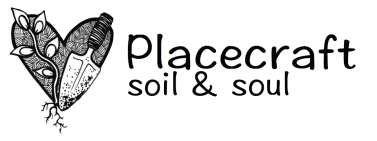
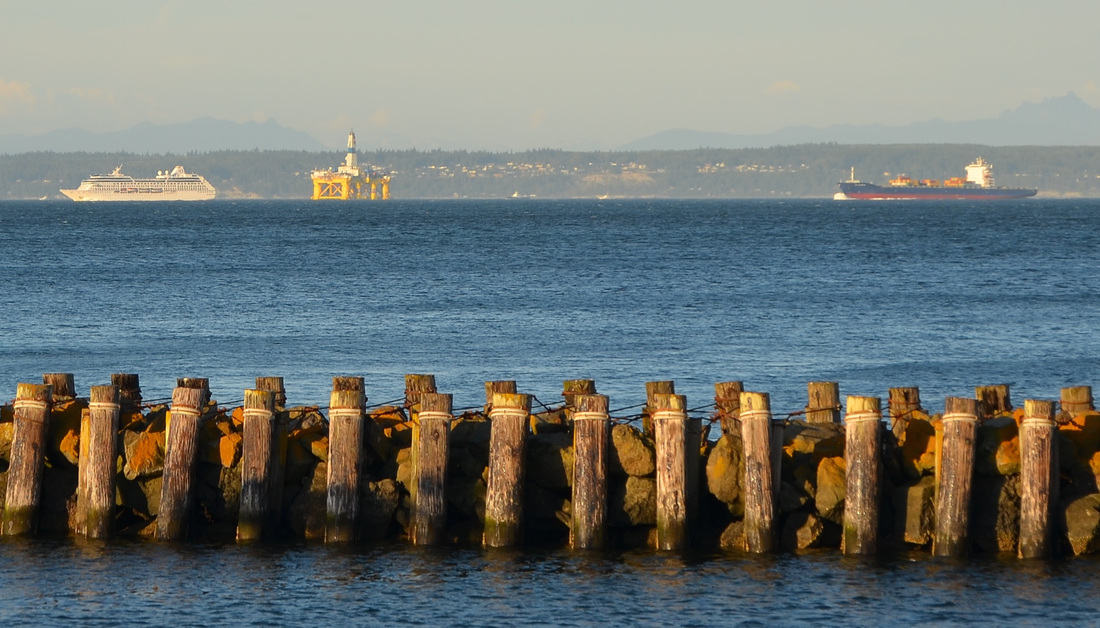
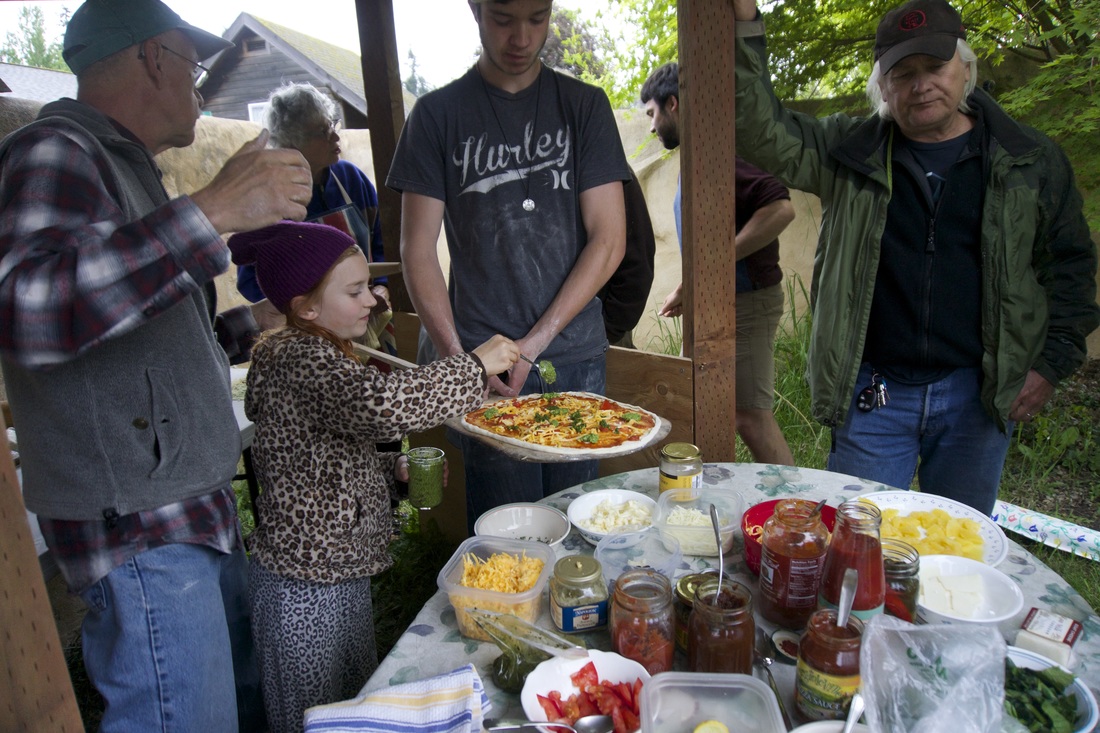
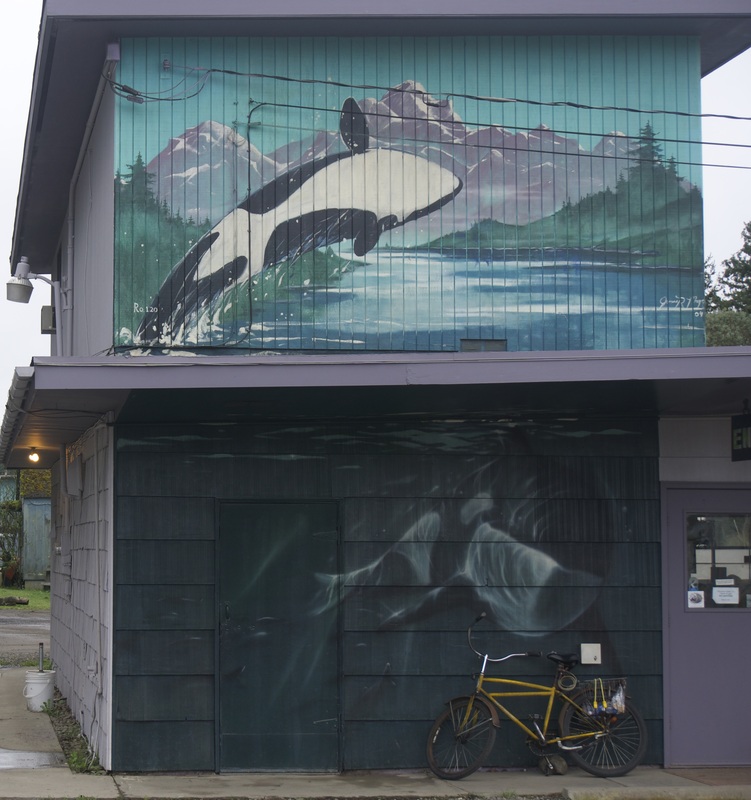
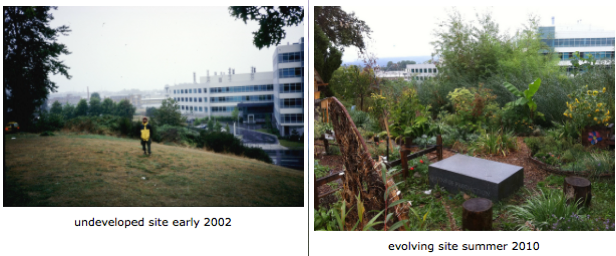
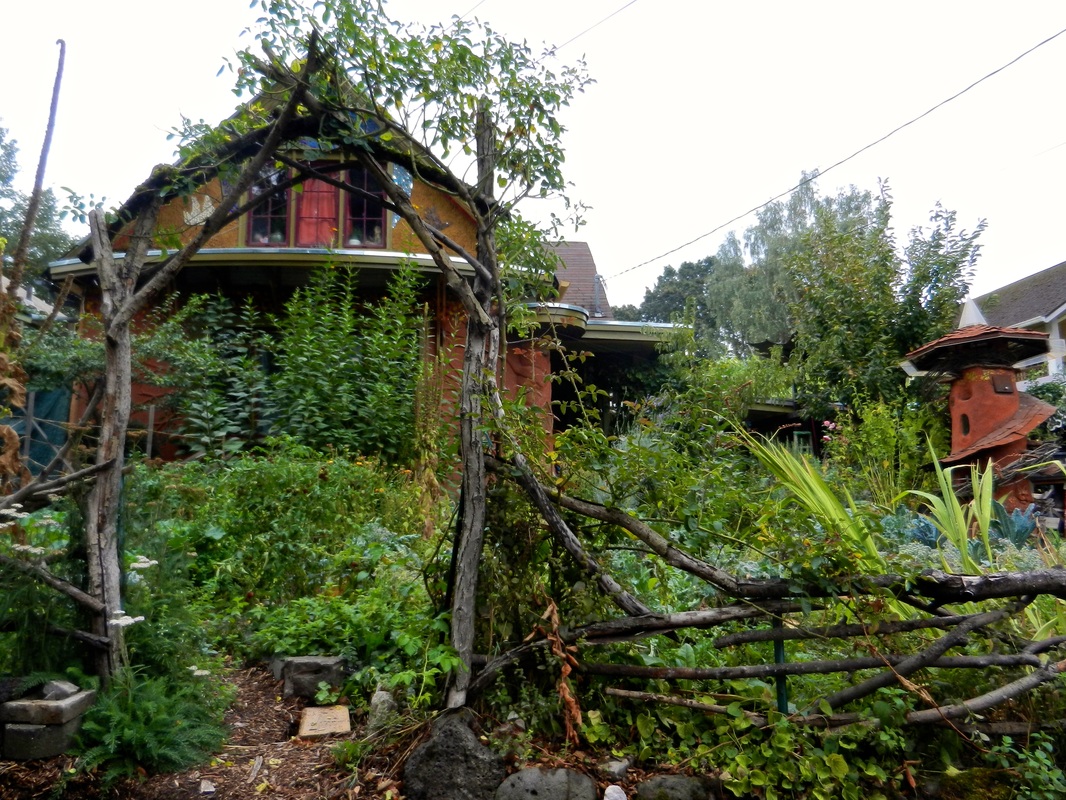

 RSS Feed
RSS Feed
